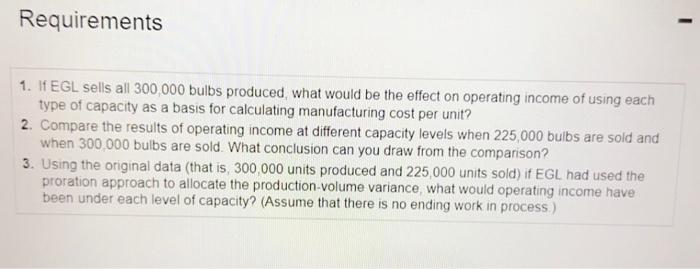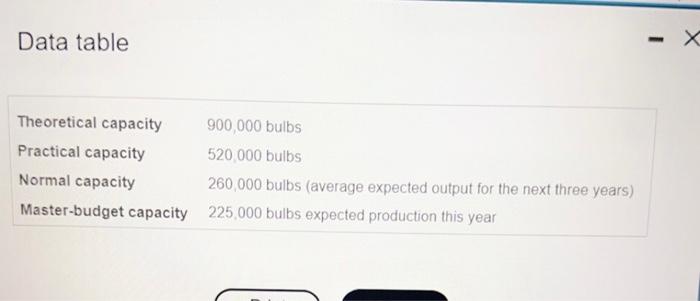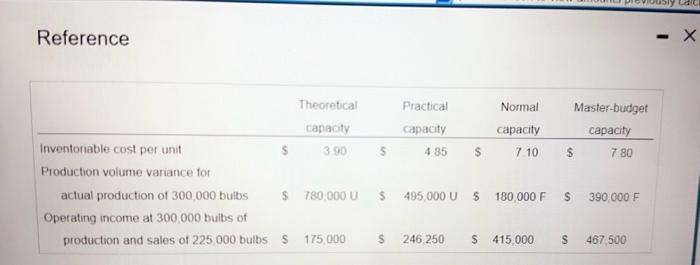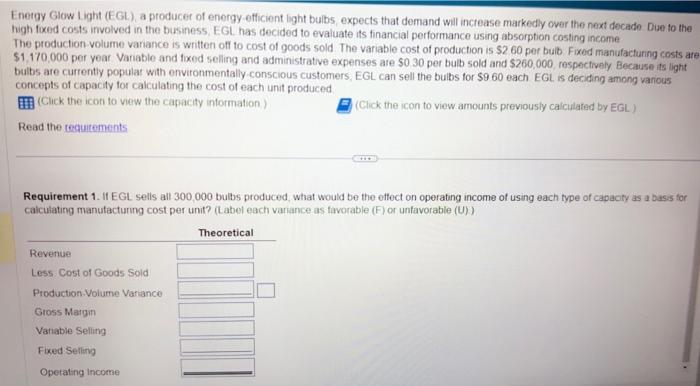Answered step by step
Verified Expert Solution
Question
1 Approved Answer
complete all 4 requriments please Requirements 1. If EGL sells all 300,000 bulbs produced, what would be the effect on operating income of using each
complete all 4 requriments please 




Step by Step Solution
There are 3 Steps involved in it
Step: 1

Get Instant Access to Expert-Tailored Solutions
See step-by-step solutions with expert insights and AI powered tools for academic success
Step: 2

Step: 3

Ace Your Homework with AI
Get the answers you need in no time with our AI-driven, step-by-step assistance
Get Started


